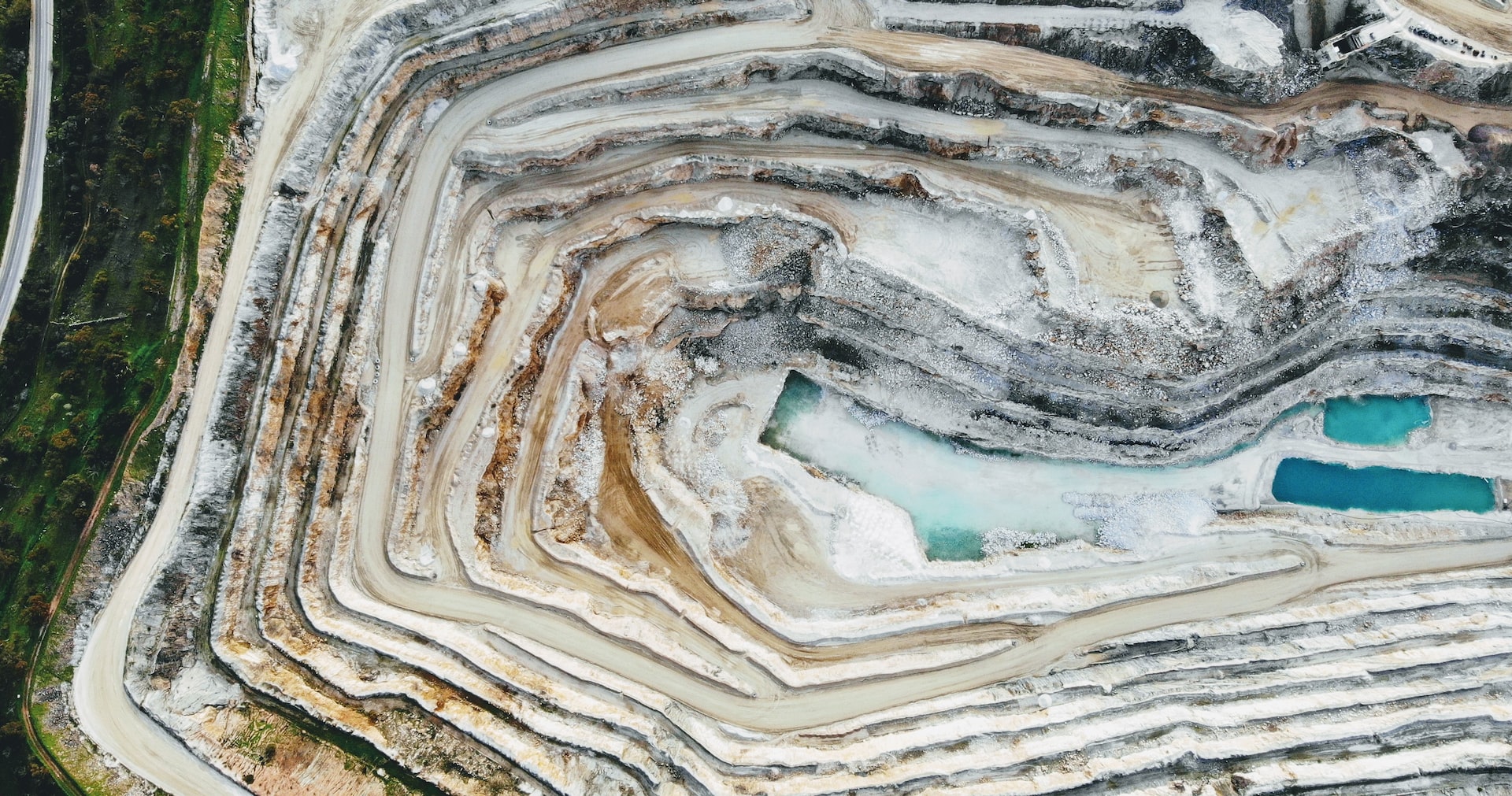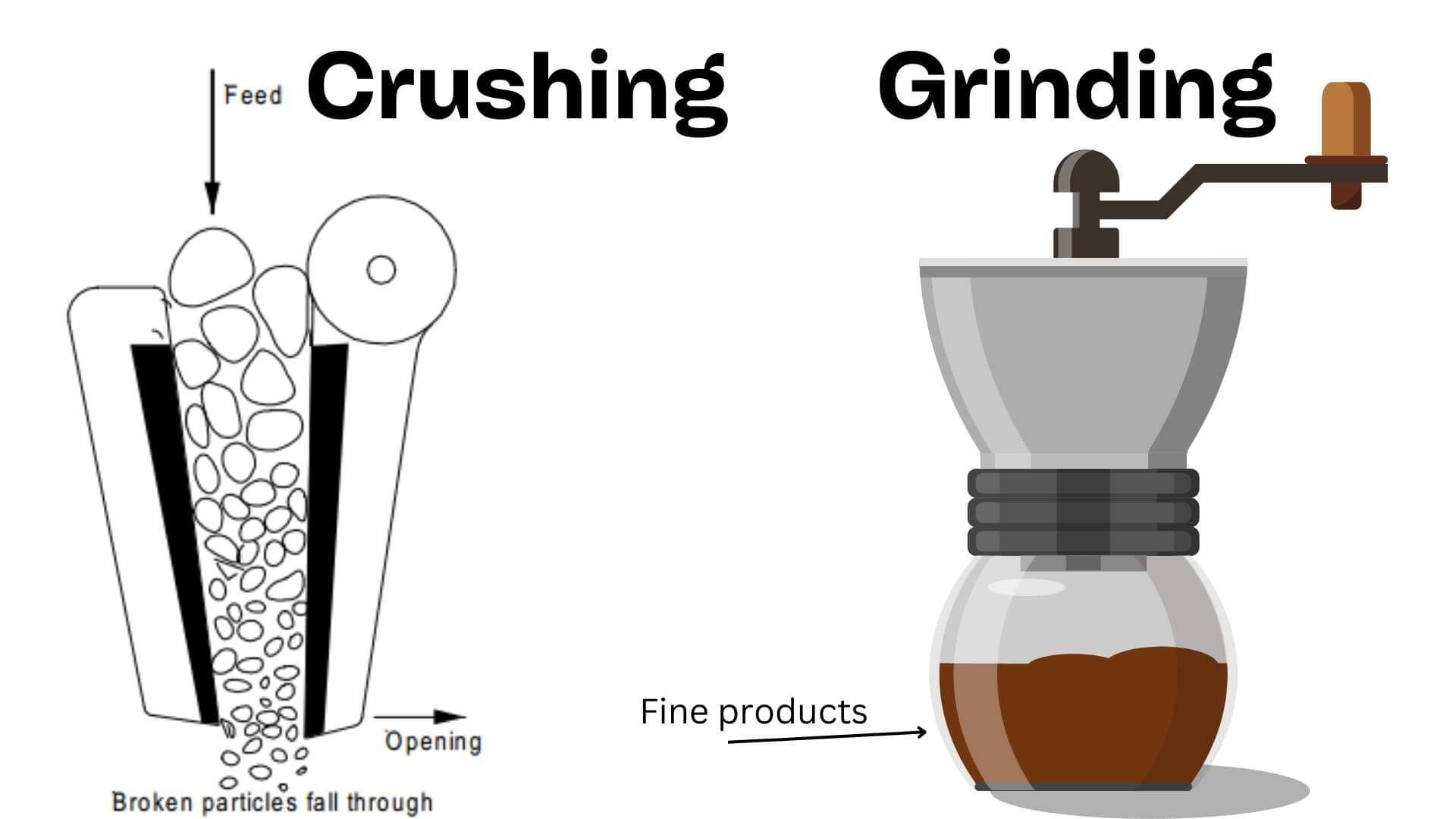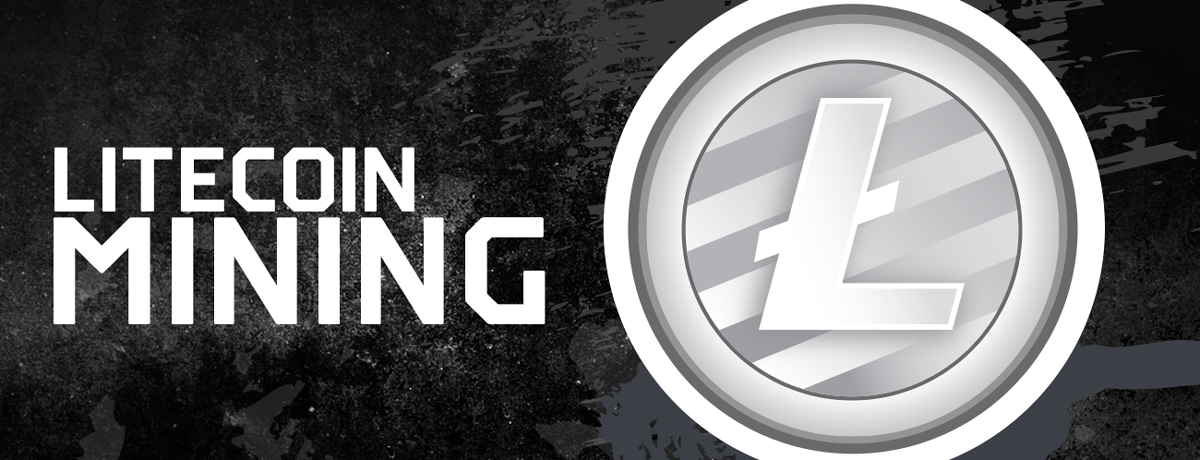Strip mining is a prevalent method of extracting minerals and coal from shallow deposits located close to the Earth’s surface. This surface mining technique is particularly effective for resources that are found in horizontal layers, allowing for the efficient removal of overburden and access to valuable minerals. This article delves into the techniques used in strip mining, its advantages, challenges, and the environmental implications of this method.
What is Strip Mining?
Strip mining, also known as open-cast or open-pit mining, involves the removal of overburden—the soil and rock covering a mineral deposit—to expose and extract the underlying resource. This method is primarily used for coal, but it can also be applied to minerals like copper, iron, and sand. Strip mining is most effective when the resource is located relatively close to the surface and in horizontal layers.
Techniques Used in Strip Mining
- Site Preparation: Before mining begins, geological surveys are conducted to assess the mineral deposit’s size and location. Environmental impact assessments may also be performed to understand the potential effects on the surrounding area.
- Overburden Removal: Heavy machinery, such as bulldozers, excavators, and draglines, is used to remove the layers of soil and rock covering the mineral deposit. This overburden is typically transported to a nearby area for later reclamation or disposal.
- Extraction: Once the overburden is removed, the mineral deposit is accessed and extracted. In the case of coal mining, large machines called draglines or shovels are used to scoop up the coal and transport it to the surface.
- Reclamation: After mining operations are completed, the land must be reclaimed. This involves reshaping the landscape, restoring topsoil, and reintroducing vegetation to mitigate environmental damage and promote ecosystem recovery.
Advantages of Strip Mining
- Cost-Effectiveness: Strip mining is often more economical than underground mining, primarily due to lower operational costs and higher production rates. The ability to move large volumes of material quickly contributes to its efficiency.
- Safety: The risks associated with strip mining are generally lower than those of underground mining. Workers are less exposed to hazards such as cave-ins, gas exposure, and high-pressure situations.
- High Recovery Rates: The method allows for the efficient extraction of minerals, leading to higher recovery rates compared to some other mining methods.
- Job Creation: Strip mining operations often create jobs in the local economy, providing employment opportunities in both mining and related industries.
Challenges of Strip Mining
- Environmental Impact: One of the most significant drawbacks of strip mining is its environmental footprint. The removal of overburden can lead to habitat destruction, soil erosion, and loss of biodiversity. Additionally, the disposal of waste material can contaminate nearby water sources.
- Land Degradation: The extensive alteration of landscapes can result in long-term land degradation, making it difficult for ecosystems to recover after mining operations cease.
- Water Pollution: Strip mining can lead to the contamination of surface and groundwater, particularly if harmful chemicals or minerals are exposed during the mining process.
- Regulatory Challenges: Strip mining is subject to strict regulations aimed at minimizing environmental impact and protecting local communities. Navigating these regulations can be complex and time-consuming.
The Role of Strip Mining in the Industry
Strip mining plays a crucial role in the extraction of coal and various minerals, particularly in countries with significant reserves. It has been the backbone of the coal industry in the United States, Canada, and Australia, among others. As global demand for energy and minerals continues to rise, strip mining remains an important method for meeting these needs.
Innovations and Future Directions
The future of strip mining is being shaped by advancements in technology and an increasing emphasis on sustainable practices. Key trends include:
- Reclamation Technologies: Improved techniques for land reclamation are being developed to restore ecosystems more effectively after mining operations are completed.
- Environmental Monitoring: The use of advanced monitoring systems helps track environmental impacts in real time, allowing for quicker responses to potential issues.
- Sustainable Practices: Many mining companies are adopting sustainable practices, such as reducing water usage and minimizing waste, to mitigate the environmental impact of strip mining.
Conclusion
Strip mining is an effective method for extracting valuable minerals and coal from shallow deposits, offering advantages in terms of cost and efficiency. However, its environmental impacts and challenges cannot be overlooked. As the mining industry continues to evolve, balancing resource extraction with sustainable practices and environmental stewardship will be critical. By embracing innovation and responsible mining practices, the industry can work toward a future that meets the world’s resource needs while protecting the planet.



